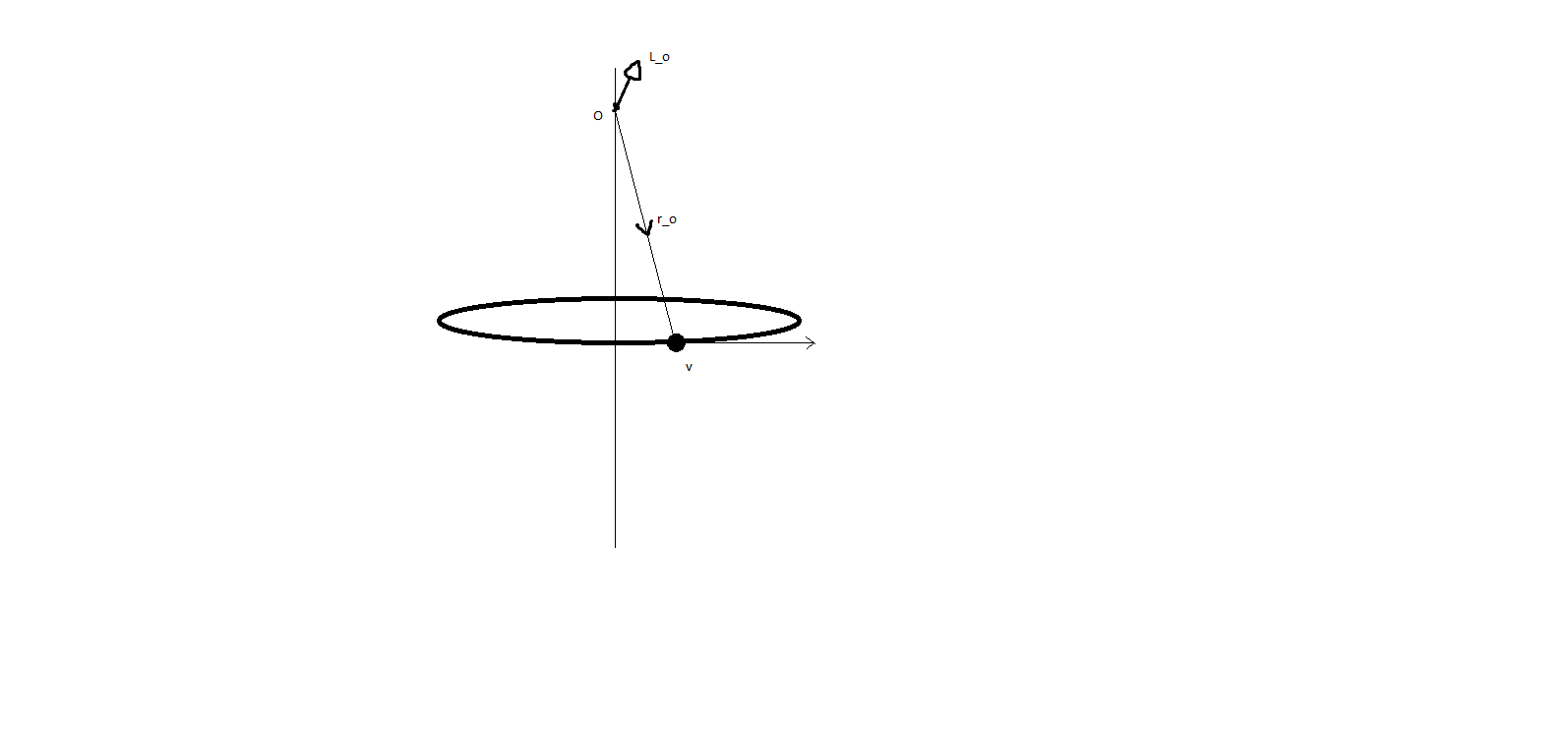In circular motion is the angular velocity vector always perpendicular to centripetal acceleration?
Are there any exceptions?
Why or why not?
3 Answers
The angular velocity vector is defined as pointing out of the paper (it is the axis about which the angular velocity rotates). It will always be perpendicular to any vector drawn on the paper.
The angular velocity can be defined as:
$$ \omega = \frac{\mathbf r \times \mathbf v}{|\mathbf r|^2} $$
So the angular velocity vector is always at right angles to $\mathbf r$.
If we consider circular motion, where $\mathbf r$ is the position vector from the centre of the circle, then centripetal acceleration is, by definition, always in the same direction as $\mathbf r$. That means the angular velocity is always at right angles to the centripetal acceleration.
-
$\begingroup$ Why it is defined this way only? $\endgroup$ Commented Oct 13, 2020 at 2:46
Analysisng from the first point:
1) Assuming it is referring to planar circular motion with fixed axis, the moment of inertia tensor of the system reduces to a single scalar variable ($I_o$ suppose). In other words, we know that the angular momentum about a fixed point O in space of the particle undergoing circular motion, is given by :
$L_o = \vec r_o \times m\vec v$.There are cases, when it is not perpendicular to the centripetal acceleration.
2) For better understanding, consider the following diagram:
We chose the point O as shown. By the definition of angular momentum above, clearly, $L_o$ is a rotating vector in space, perpendicular to both $\vec v$ and $\vec r_o$ at any instant. Now, we also know that:
$\vec L_o = I_o.\vec \omega$, which implies that $\vec \omega $ is in the same direction as $\vec L_o$. Clearly, $\vec \omega$ is not perpendicular to the centripetal force in this case, which point in the radial direction in the plane of the circle.
NOTE: I may be wrong, but i could not find any flaws in my deduction. Forgive me if it is stupid, but please point out any mistake, and i will remove this answer immediately.
-
$\begingroup$ John Rennie's answer does not take into account the situations, where the reference frame is NOT the center. Am i wrong in this explanation? Note, this reduces to the obvious case in his answer above, when O coincides with the circle's center. $\endgroup$– LelouchCommented Nov 15, 2016 at 12:27
-
$\begingroup$ While taking the moment of the linear velocity according to point O, shouldn't the perpendicular lever arm be on the axis of O instead of the distance labelled ro in the diagram? $\endgroup$– ten1oCommented Jan 19, 2021 at 14:21

